How To Store Papaya
You liked papaya in a yogurt, smoothie, or a fruit salad, so you decided to buy one. Now you’re home, and you’re not quite sure how to store that papaya or what’s its shelf life.
Papaya, unlike mango or avocado, is one of the less-popular tropical fruits. Thus, it might be the first time you got one, and you might not know how to handle it or how long you have until it goes off. That’s okay.
In this article, I cover everything you need to know about papayas. That means ways of storing them, their shelf life, signs of spoilage, and differences between unripe and mature ones. And no, I won’t bore you with nutrition facts, health benefits, or any of that. Let’s get going.
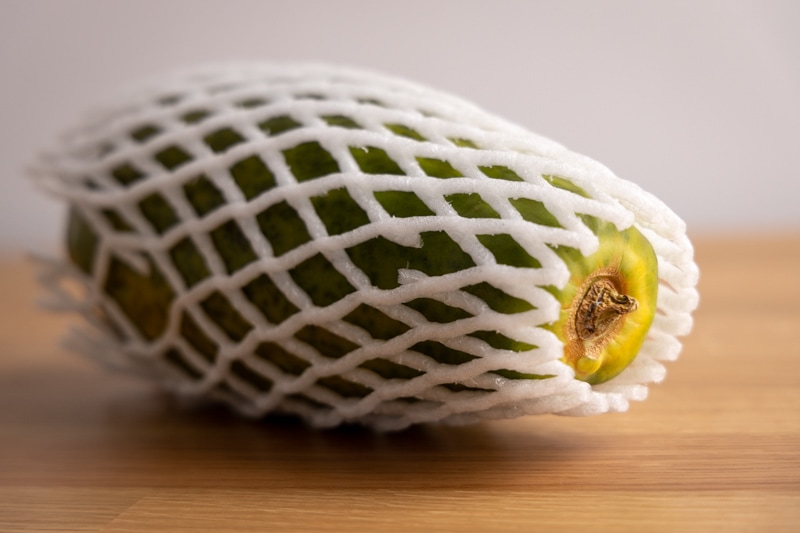
How To Tell If a Papaya Is Ripe
Before we talk about storage, you need to know if your papaya is ripe or not. To do that, you should take into consideration the following:
- Color. If your papaya is mostly green, it’s still unripe. A combination of green and yellow/orange means it’s almost ripe (see my photos), and mostly yellow or orange means it’s perfect.
- Feel. The fruit should give a little under gentle pressure (like a ripe mango). If it’s very firm, it’s not ready.
The good news is that even if you open the papaya prematurely (like I did), most of the flesh will still be soft and sweet. Only the outermost parts (yellowish and near the rind) will be quite firm and bitter-tasting.
If you cut open your papaya prematurely, remove the yellowish parts near the rind before eating.
Knowing that, let’s talk about storage.
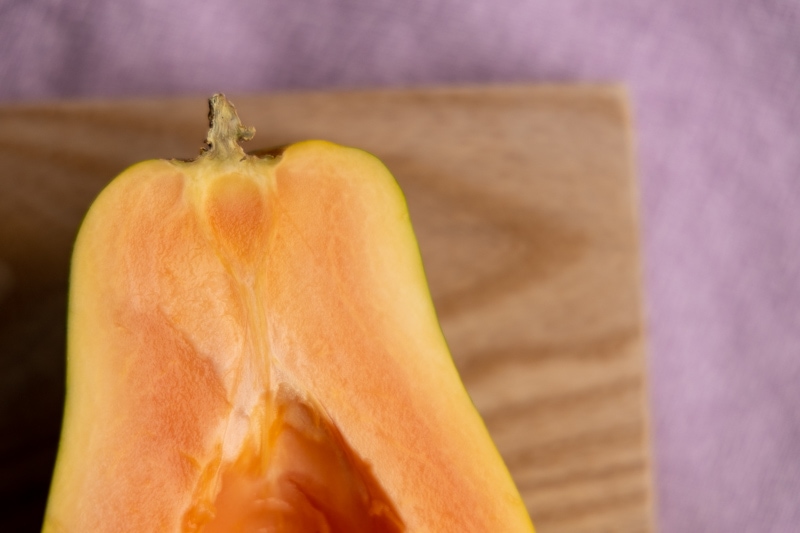
How To Store Papayas
Leave unripe papayas at room temperature (between 68 – 77°F or 20-25°C) ([AP]). They will ripen in a few days, depending on the fruit. Green and firm ones will take much longer than ones that are partially yellow and softer to touch. Make sure to check your unripe papayas once a day.
If you want to accelerate the process, put the fruit in a paper bag with a banana([AP]), or any other ethylene-producing fruit. The gas will speed things up.
Once the fruit is ripe, the optimal storage temperature is around 54-57°F or 12-14°C ([AP]). Of course, most of us don’t have a storage space that maintains such a temperature, so the fridge is the second-best option ([AP]). If you leave the fruit at room temp, it’ll turn over-ripe much faster.
Last but not least, cut papaya, like pretty much any cut fruit, should sit in the refrigerator in a closed container.
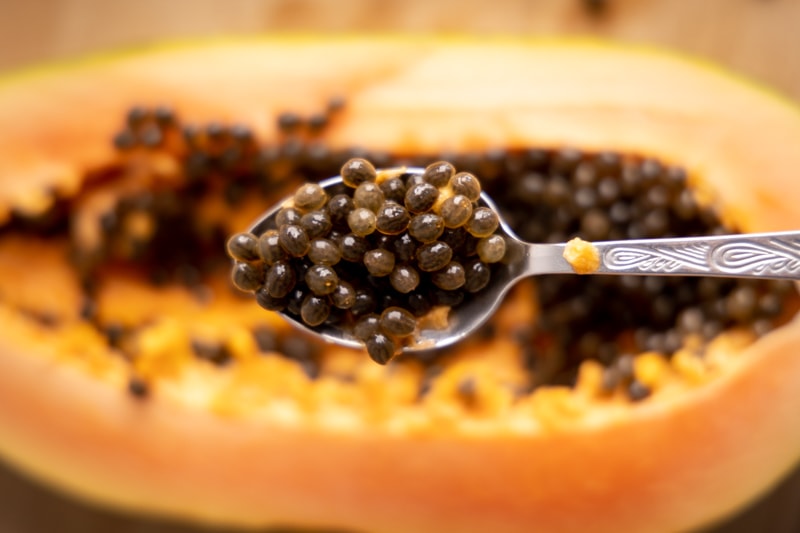
How Long Do Papayas Last
As I already mentioned, unripe papayas take between a couple of days to even a week to ripen.
Once the papaya is ripe, it’s best (in terms of flavor) for about two days if refrigerated ([AP]). Of course, that doesn’t mean it’ll immediately go bad on the third day. Instead, it’ll slowly turn overripe within 5 to 7 days, depending on the fruit.
If you decide to leave the ripe papaya on the counter instead, expect it to start rapidly declining in quality within a couple of days.
For cut papaya, it should keep for at least 2 to 3 days if sealed well.
| Room temperature | Fridge | |
|---|---|---|
| Unripe papaya | 1 – 7 days until ripe | |
| Ripe papaya | 2 – 3 days | 5-7 days |
| Cut papaya | 2 – 3 days |
(As you can tell, these periods are quite similar to how long avocados last.)
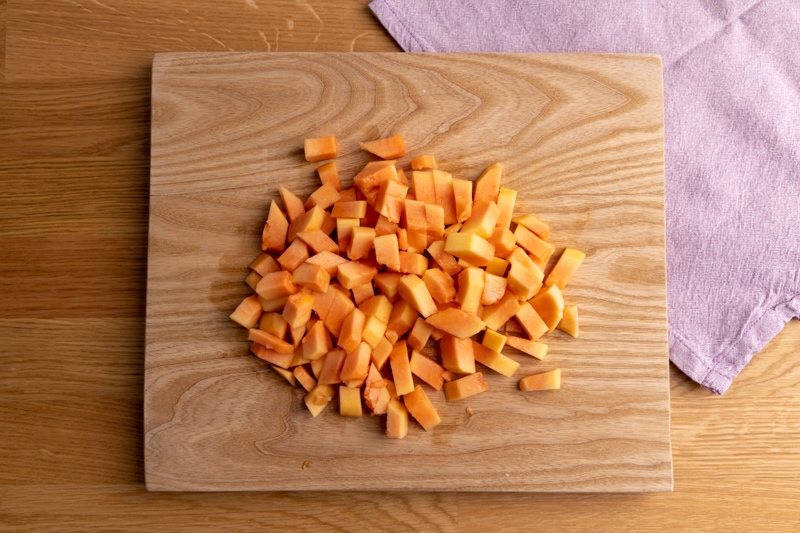
Can You Freeze Papaya?
If a week or so of storage time isn’t enough for your needs, consider freezing the fruit. You can definitely freeze papaya, but you have to remember about the downsides.
Only freeze papayas that are fully ripe.
After freezing and defrosting, the papaya flesh is softer than fresh papaya (which is quite soft itself). That means the fruit pieces will be watery and feel mushy. That’s far from perfect for a fruit salad or something of the like, but shouldn’t bother you in a smoothie.
If you need your papaya to hold its shape better, go with partially thawed instead of fully defrosted. And eat that salad right away, because the fruit will continue to defrost and lose texture.
If you’re looking for how to go about freezing papaya, you can follow the same process I outlined in the article about freezing watermelon.
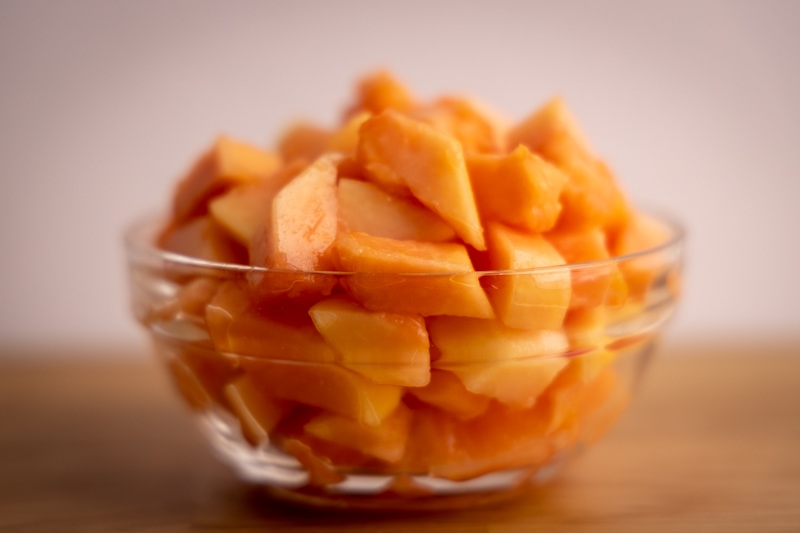
How To Tell If a Papaya is Bad?
First off, remember that if you cut your papaya before it’s fully matured, the yellowish part near the rind (you can see it in one of the photos I took) will likely taste bitter. That’s normal and doesn’t mean the papaya is spoiled or anything – just cut those parts out and enjoy the rest.
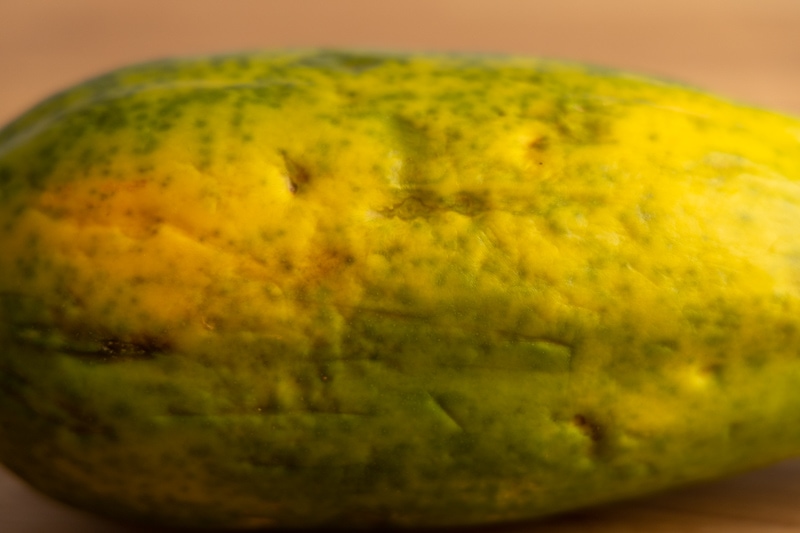
That said, telling if your papaya is okay to eat or not isn’t particularly difficult. If it’s bad, one or more of the common signs of fruit spoilage will be there. Those include:
- Mold on the surface, or large black spots (some bruises and marks, like you can see in the photo above, are okay)
- Super mushy texture, large sunken spots
- The fruit oozing liquid
- A spoiled or rotten smell
If you have to convince yourself that your papaya is okay to eat, it’s not. If anything feels wrong, like the smell is odd, taste funny, or something similar, discard the fruit. The same thing applies even if you cannot precisely tell what is wrong with it.
Sources
Rotten Records: Share Your Snap!
Caught some food past its prime? Upload your photo to “Rotten Records” and help others spot the signs of spoilage. Every image makes our food community safer and more informed!
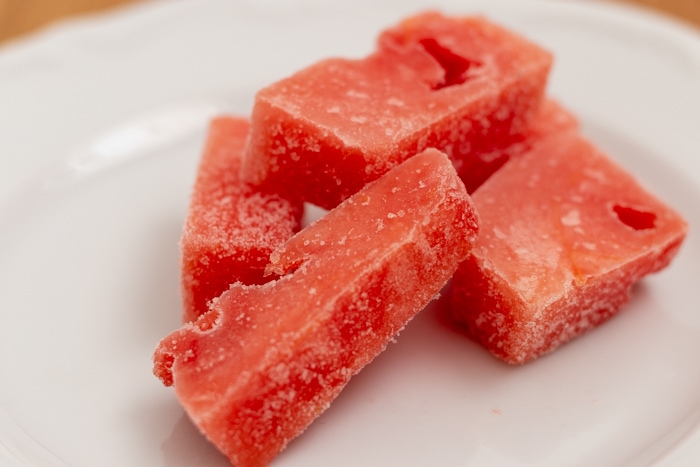
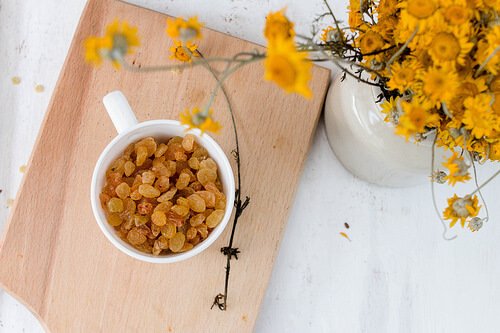
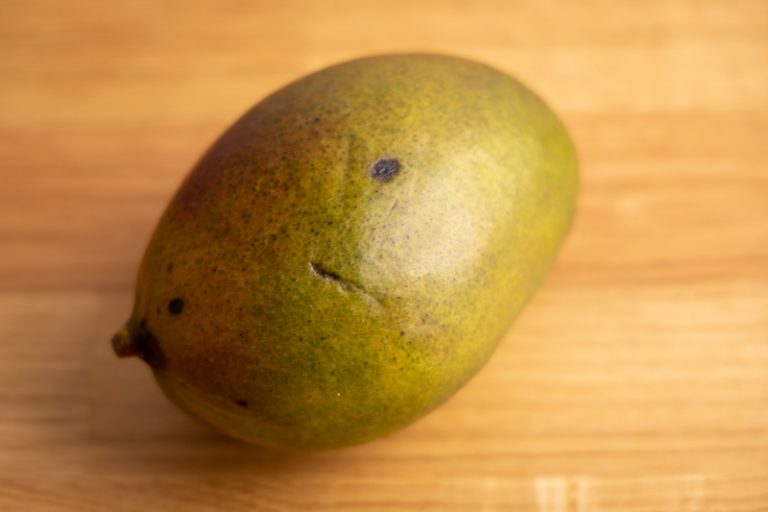
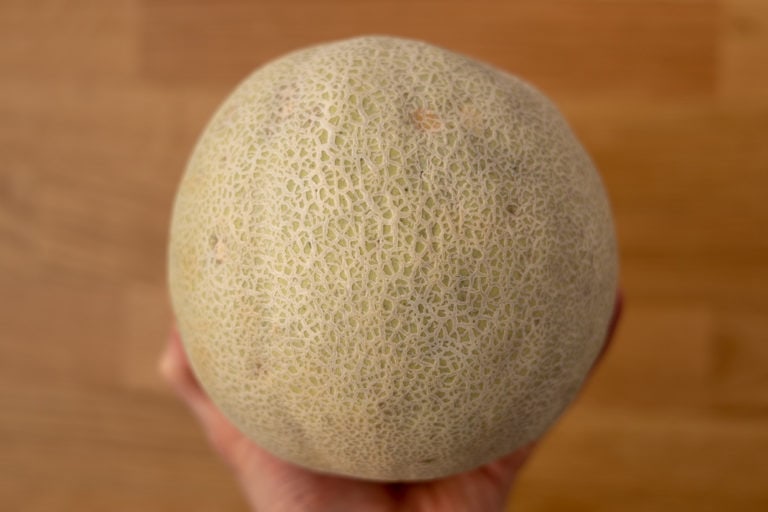
![Can You Freeze Lemons? [Whole Lemons, Wedges, and Slices]](https://www.doesitgobad.com/wp-content/uploads/Lemon-quarters-halves-in-freezer-768x512.jpg)
![Can You Freeze Cantaloupe? [Yes, Here’s How]](https://www.doesitgobad.com/wp-content/uploads/Frozen-cantaloupe-in-bag-768x512.jpg)